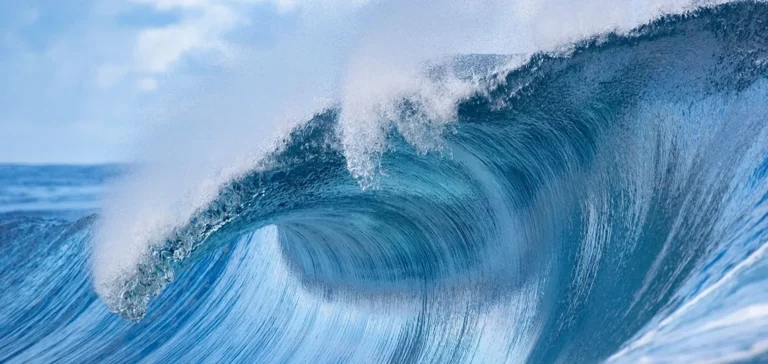German researchers are launching an experimental project to produce green hydrogen in the North Sea and Baltic Sea using, for the first time, raw seawater as a direct resource. The SalYsAse project (Salzwasserelektrolyse mittels mariner Bakterien auf Titangasdiffusionsschichten) brings together a geomicrobiology research centre, an engineering school and a technology company to develop an electrolysis solution designed to eliminate the need for fresh water or desalination. Electricity generated by offshore wind turbines is used on site to convert seawater into storable hydrogen.
Marine biocatalysts and innovative materials
The approach relies on using marine bacteria as biocatalysts in the electrolysis process, which helps to reduce the use of rare metals such as iridium, traditionally required to withstand salt corrosion. These microorganisms, collected from the North Sea and Baltic Sea, are adapted to high saline concentrations and help avoid the formation of toxic by-products such as chlorine gas.
The choice of titanium structures for the membranes and electrolysis supports guarantees corrosion resistance, a vital condition for long-term operation in the marine environment. This setup also enables biological catalysis to be integrated directly into the electrolysis cell thanks to a specific porous design.
On-site hydrogen production and industrial perspectives
The project aims to convert surplus wind electricity directly into hydrogen on offshore platforms, with no prior transit to the mainland. The hydrogen generated can then be stored or transported to industrial consumer sites, particularly in the chemicals or steel sectors, which are seeking to decarbonise their processes.
The project is funded at EUR733,000 ($799,000) over three years by a German public institution. According to the research team, this system could help valorise surplus renewable electricity while reducing logistical costs. An engineer involved in the project states that the success of this experiment would open up new prospects for green hydrogen from seawater, produced close to renewable energy sources.
Focus on offshore electrolysis for green hydrogen
The German experiment demonstrates the feasibility of producing hydrogen from raw seawater in an offshore context, with advances in biocatalysis and anti-corrosion materials. This model could meet the energy needs of European industries while limiting pressure on fresh water resources.






















